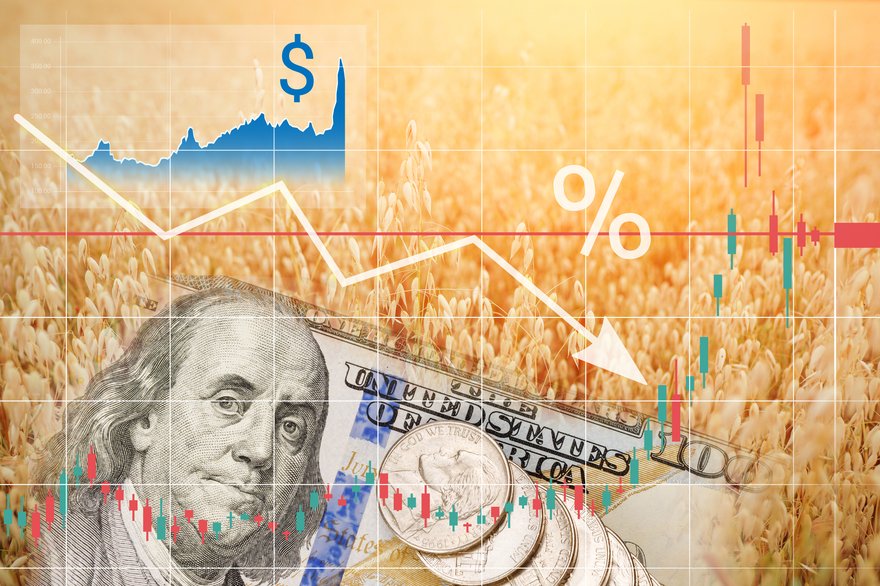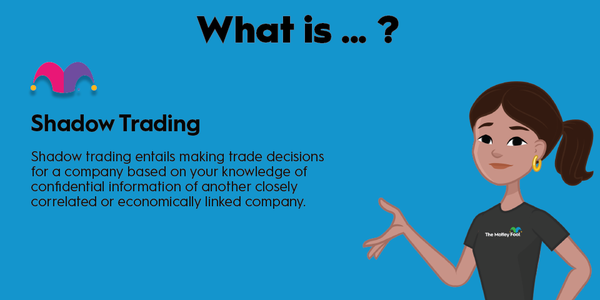The spot price is the current market price of an asset, like a stock, commodity, or currency. It's the price the buyer pays on the spot. The spot price of an asset is important in determining its future price: the price of an asset agreed upon by a buyer for delivery in the future.

What the spot price is used for
What is the spot price used for?
The spot price provides potential buyers and sellers with a clear current market price for an asset. While the spot price can refer to the current market price of any asset, it's most common in the commodities market. Buyers of oil, gold, silver, and other commodities can buy them immediately on the spot market at their current spot prices.
Commodity traders also use the spot price as the base for futures prices. They will use futures contracts to lock in a future price for an asset or to speculate that the price of an asset will fluctuate significantly before the delivery date.
Relationship between spot price and futures price
What's the relationship between the spot price and a futures price?
Spot prices are constantly moving, so asset buyers and sellers, especially of commodities, often want to lock into the future price of an asset to protect against a sudden and sharp price movement. These commodities traders will buy or sell futures contracts on the desired asset to lock in its price or speculate on its direction.
A futures price is a set price buyers and sellers agree on in an asset transaction for future delivery. For example, an oil company might sell a percentage of its future production to lock in a future price to protect against a significant decline. Likewise, oil refiners might buy futures contracts on oil to lock in the price they pay for oil.
The spot price's importance
Why is the spot price important?
The spot price is the foundational price of an asset. It's the value sellers can immediately get for an asset and the price a buyer would pay for prompt delivery. It's also the value used to determine futures prices.
The market uses that price and factors in expected changes in supply and demand, the expected risk-free rate of return (i.e., the return on an investment that has no risk, in theory, like Treasury bonds) of the commodity holder, and the cost to transport or store the asset until the delivery date. The futures price could be higher or lower depending on market conditions.
Example of a spot price
Example of a spot price
Crude oil has many different prices depending on the type (e.g., heavy, light, sour, or sweet) and region. The most common oil price in the U.S. is West Texas Intermediate (WTI). This oil typically prices in Cushing, Oklahoma, a major oil storage hub.
Meanwhile, the primary global oil benchmark price is Brent, based on oil from the North Sea. U.S. oil companies typically sell their oil at the WTI spot price, while global producers often price oil at the Brent spot price.
In mid-August 2023, the spot price for WTI oil was around $82 per barrel, while the spot price for Brent was about $86.50. For comparison, the futures price of WTI for delivery in May 2024 was $77.50 per barrel.
Meanwhile, the futures price of Brent oil for delivery in June 2024 was around $81 per barrel. In this example, the spot price for oil was higher than the futures price, implying that the market expected oil prices to decline in the future.



































































































